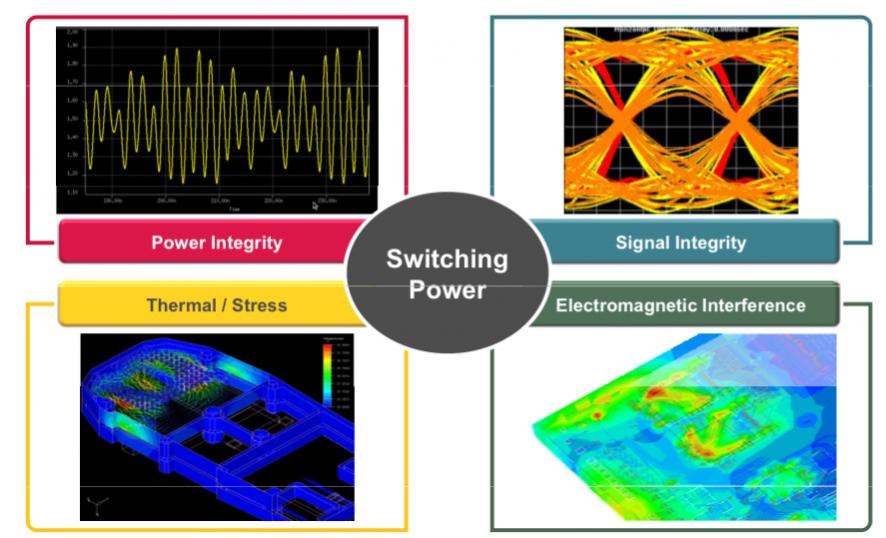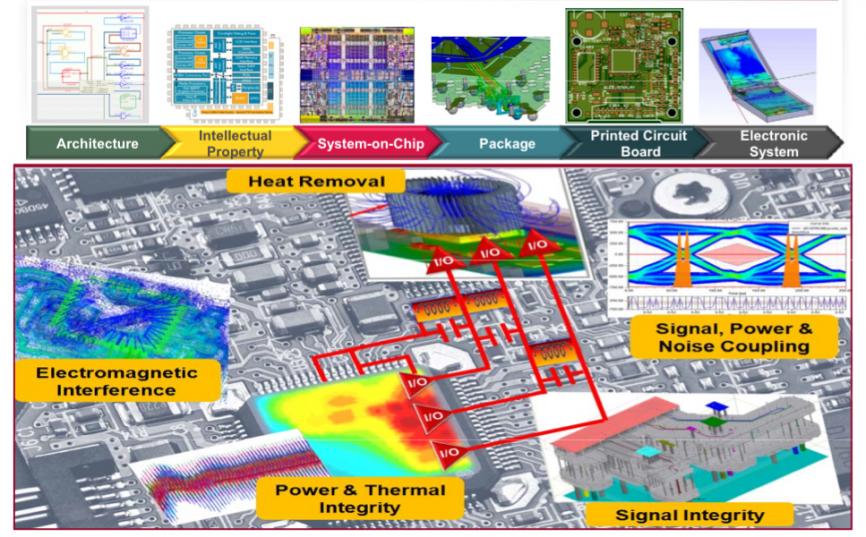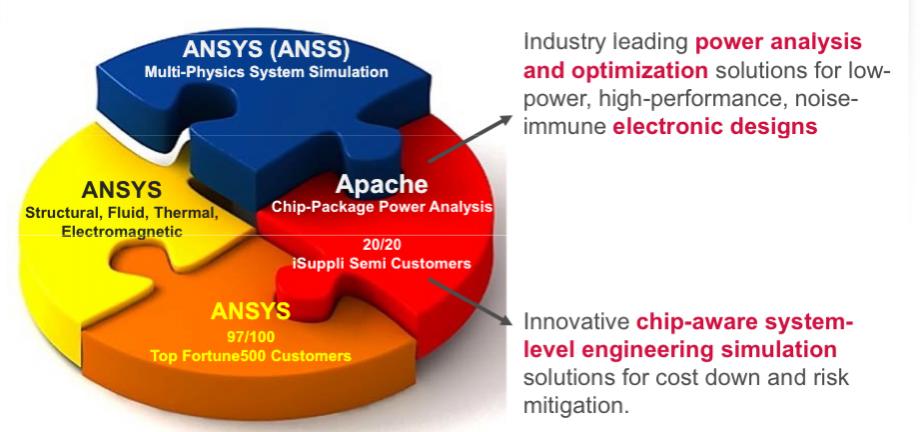 Last week I met with Andrew Yang, erstwhile CEO of Apache Design Systems and now formally President of Apache Design Inc, a wholly owned subsidiary of ANSYS. The merger formally closed at the start of the month. Within ANSYS Apache is positioned as Chip-aware System-level Engineering Simulation. ANSYS is pretty much completely focused on different kinds of simulation and on simulation-driven product development.
Last week I met with Andrew Yang, erstwhile CEO of Apache Design Systems and now formally President of Apache Design Inc, a wholly owned subsidiary of ANSYS. The merger formally closed at the start of the month. Within ANSYS Apache is positioned as Chip-aware System-level Engineering Simulation. ANSYS is pretty much completely focused on different kinds of simulation and on simulation-driven product development.
ANSYS will keep Apache as a subsidiary and, in particular, the Apache name (and presumably the names of its products) will not be going away. The system design challenges that Apache is addressing fall into four main areas: power integrity, signal integrity, thermal/mechanical-stress integrity and electro-magnetic interference integrity. Most of these are dominated by various aspects of switching power.
Anyone who has been through many mergers knows just how much time can be burned up in dealing with overlapping products, so this merger has it easy. There is no overlap at all. However, there is plenty of customer overlap.
ANSYS is a very different company from even a big EDA company. It makes about 1/3 of its money on mechanical, 1/3 on fluid dynamics and 1/3 on electronics (now including Apache of course). Andrew was rightly proud that all 20 of the top 20 semiconductor companies used Apache, with over 100 total customers. ANSYS has over 40,000 customers (including 97 of the Fortune 100).
 In some ways, EDA is an easy industry: look at the semiconductor roadmap, find some effect that is currently second or third order but which will become important, and produce a solution that is ready just when designers need it. However, getting the timing right is very difficult and more companies/products fail from being too early than being too late. Apache has done a superb job of getting this timing just right so that as power and noise became more important they had the best (or sometimes only) products to perform the analysis.
In some ways, EDA is an easy industry: look at the semiconductor roadmap, find some effect that is currently second or third order but which will become important, and produce a solution that is ready just when designers need it. However, getting the timing right is very difficult and more companies/products fail from being too early than being too late. Apache has done a superb job of getting this timing just right so that as power and noise became more important they had the best (or sometimes only) products to perform the analysis.
For example, a few years ago they decided that it was no longer possible to just look at the chip, they needed simultaneous analysis of chip, package and board. They acquired Optimum to jump start the package and board side of things and built a whole infrastructure for creating power models for chips and being able to analyze what came to be called chip-package-system (CPS). With the coming of 3D chips and through-silicon vias (TSVs) there are even more challenges in this area, especially the thermal issues once many die are stacked and it is hard to get the heat out.
Based on that track record, I asked Andrew what is next. What second order effects are we going to have to start to worry about. He reckons that it is quantum effects and the impact on reliability. The margin on transistor thresholds is going away as voltages continue to decrease. Leakage will get even more out of control (and since leakage also increases with temperature there are very real possibilities of thermal runaway). It is going to get very hard to guarantee that a chip will work correctly in the system and that it will be possible to manufacture.
 ANSYS (with Apache) is extending chip-package-system to include other parts of the system such as multi-physics simulation. In many areas, most obviously automotive and aerospace, electronics is intimately tied in with mechanical and simulation-driven product development needs to combine these previously independent areas.
ANSYS (with Apache) is extending chip-package-system to include other parts of the system such as multi-physics simulation. In many areas, most obviously automotive and aerospace, electronics is intimately tied in with mechanical and simulation-driven product development needs to combine these previously independent areas.
Note: You must be logged in to read/write comments
Share this post via:







Comments
There are no comments yet.
You must register or log in to view/post comments.